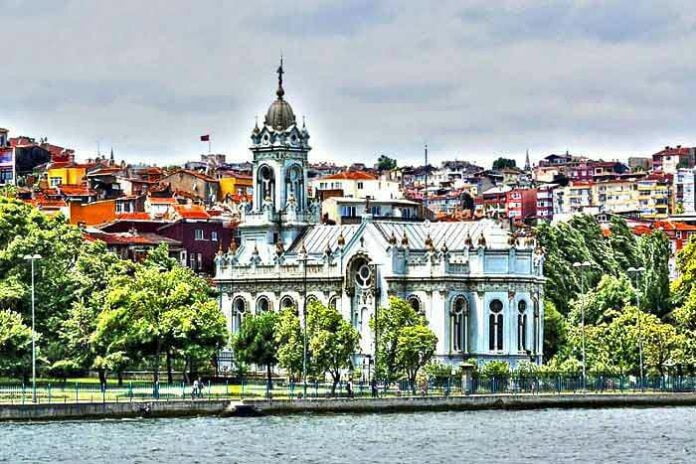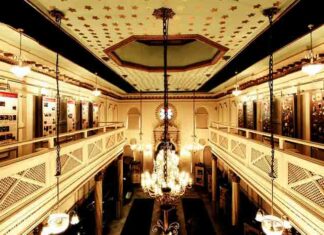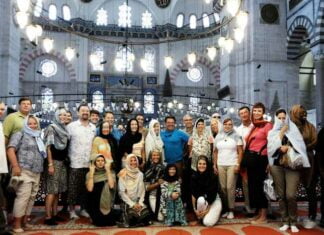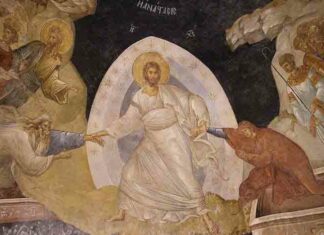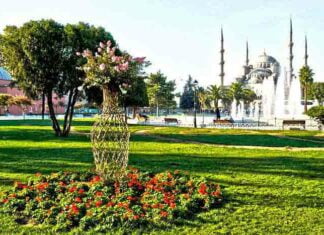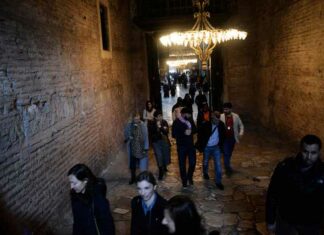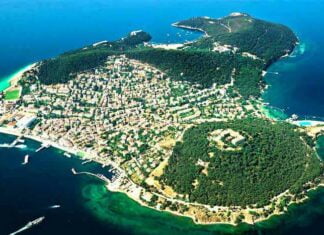Customized tours Istanbul – Church Sveti Stefan
Christianity in Turkey has a long history. Anatolia had always been the cradle of Christianity. It is the birthplace of many Christian Apostles and Saints. It is also the birthplace of many interesting stories during customized tours Istanbul. Particularly Ephesus played a vital role in the spread of the religion. It was one of the seven churches of Asia, the site of several 5-th century Christian Councils. (private guided Ephesus tours)
The Bulgarian Orthodox Church Sveti Stefan (also the Bulgarian Iron Church), was ready in 1898 after one and a half year of work. It is on the shore of the Golden Horn between Balat and Fener squares (near Eyup district). The public could see it on 8 September, the same year due to Exarch Joseph.
The conquest of the Balkans
With the conquest of the Balkans all the Bulgarian lands went under the authority of the Ottomans. Before that Bulgaria had always had constant connections with Eastern Thrace. Then its lands became part of the Ottoman Empire. Because of that, the Bulgarian colony in the capital of the Empire, Istanbul, became bigger. Among Bulgarians it was famous as Tsarigrad. The colony consisted of mostly craftsmen and merchants. Istanbul was also the centre of journalism and enlightenment for the Bulgarians. This and other interesting stories can be heard on Istanbul private tours.
Cradle of Christianity

As mentioned above, Anatolia has always been the cradle of Christianity. And that is the truth. Thousands of religious pilgrims from all over the world visit Turkey every year. (private tour guide Turkey) That is because Turkey is the place where Paganism ruled. Then, a new religion, Christianity, slowly replaced it. After that, with the arrival of the Selcuks, Islam rooted in the lands of Turkey. This wasn’t an obstacle for the rest of the population of the Ottoman Empire, who professed different faith, to have their places for praying. Thus, in Istanbul there were other churches and synagogues as well – Aya Yorgi Fener Greek Orthodox Patriarchy Church, the Armenian Church, the Jewish Synagogue. Customized tours Istanbul keep interesting stories of that time.
Bulgarian residents
Bulgarian residents of Ottoman Empire at that time performed their religious rituals in the churches of Fener Orthodox Patriarchy. But probably, due to nationalistic movements, Bulgarians got the soft permission to build an iron church. At that time, the Bulgarian Stefan Bogoridi was a high ranking statesman in the Ottoman Empire.
Stefan Bogoridi
Under Abdulmecid I, Stefan Bogoridi was an imperial counsellor. He was the only Christian who invited an Ottoman Sultan to his house as a guest after the fall of Constantinople. Stefan Bogoridi was the person who got the permission from the Sultan for the building of the Bulgarian Orthodox Church. He was, also, the person who donated his house in Fener in 1849. For that reason, when the church was later erected at the place, it got the name Sveti Stefan – in honour of Stefan Bogoridi. Initially, a small wooden church was built on the shore of Golden Horn, near Eyup district.
Bulgarian Orthodox Sveti Stefan Church
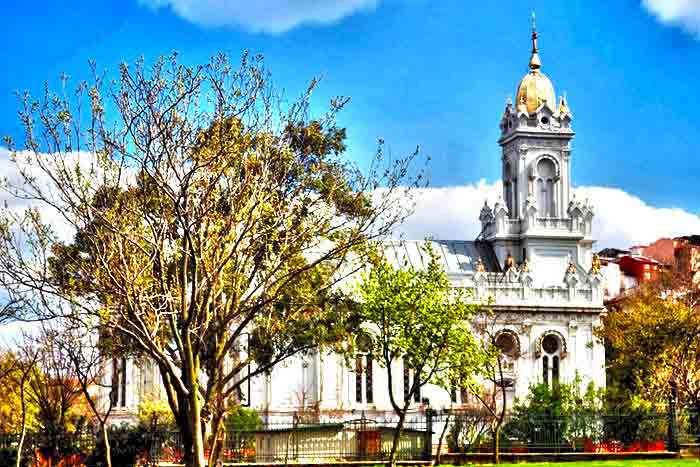
Later the wooden church suffered from fire. Then a new, larger building appeared at the place of the old wooden one. The story of the new church is interesting. Bulgarian Orthodox Sveti Stefan Church is one of the world’s few surviving prefabricated cast iron churches. This church was the product of 19th century experimentation with prefabricated iron churches. Hovsep Aznavur – an Ottoman Armenian architect, prepared the construction plans for the building of the church. After that an international competition was conducted in order to find a company to produce the parts of the church.
Waagner won the competition
An Austrian company, R. Ph. Waagner won the competition. It took three years (1893-1896) the company to produce the parts (weighing 500 tons). And then transport them by ship to Istanbul through the Danube River and the Black Sea. The parts were produced in Vienna. The main skeleton of the church was steel and metal boards covered it. All the pieces – attached together with nuts, bolts, rivets or welding. In terms of architecture, the church combines Neo-Gothic and Neo-Baroque influences.
The Bulgarian Orthodox Sveti Stefan Church was ready in 1898 after one and a half year of work. The public saw it for the first time on 8 September, the same year, thanks to Exarch Joseph. The church is a basilica with three domes and in the shape of a cross. It is rich in ornaments, Its altar faces the Golden Horn and there is a 40-metre-high belfry, with six bells, above the narthex.
A dream come true
A dream come true was the Bulgarian Orthodox Sveti Stefan Church at that time for the Bulgarian population in Istanbul. For us, today, it is a place full of history, an attraction on customized tours Istanbul. And still a place to pray for the Christian population of Istanbul and Turkey. Istanbul private tours
Contact me me for more information about the church and the different tours around Istanbul and Turkey.

